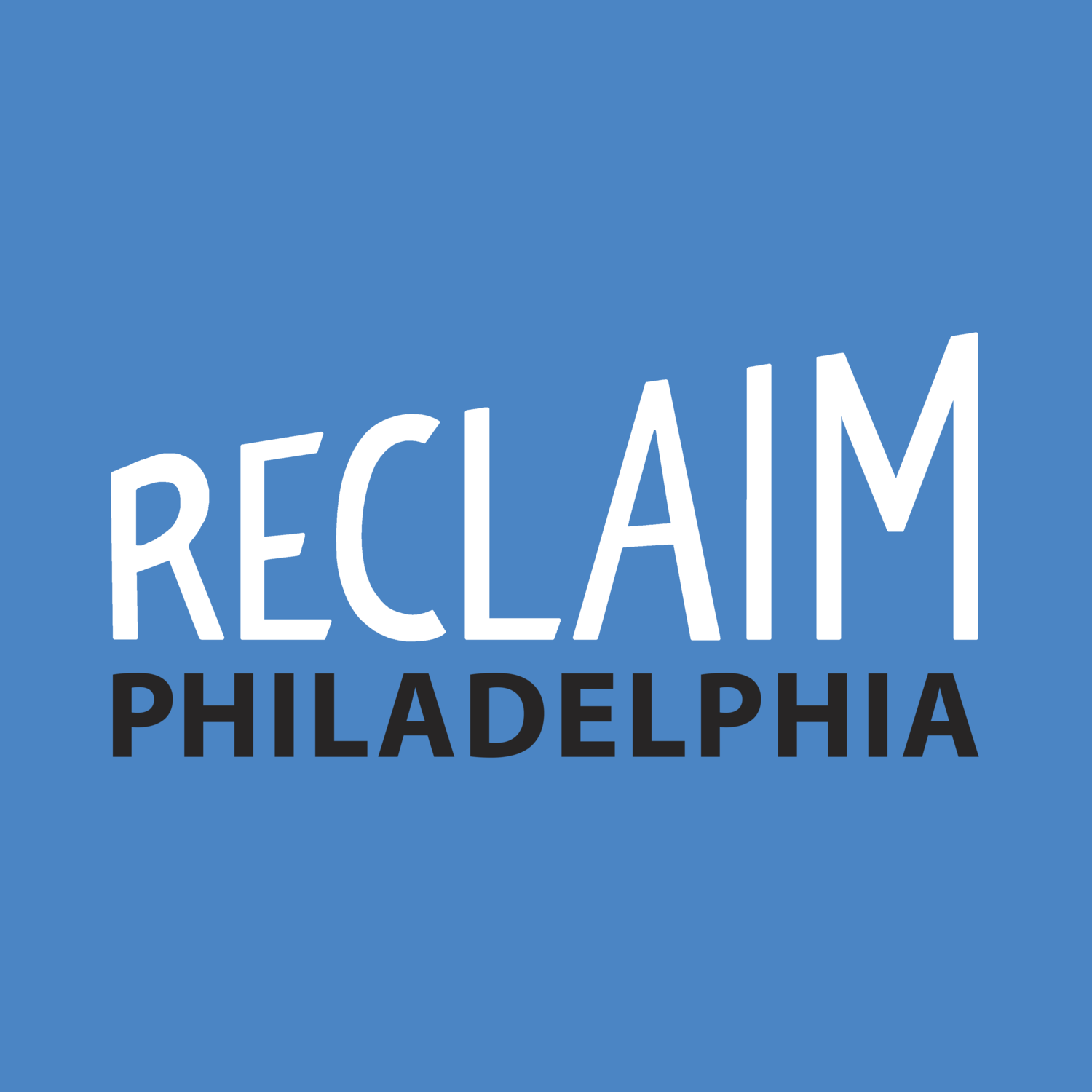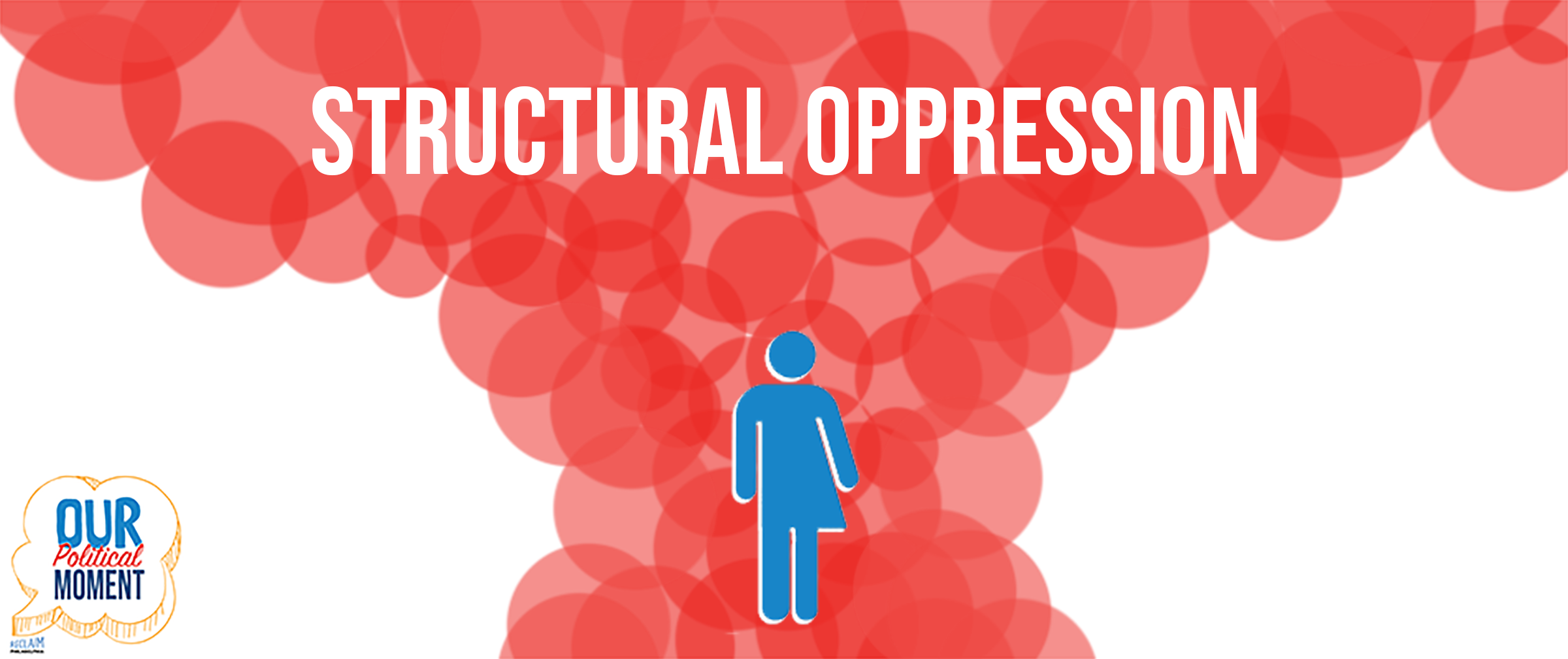What is Structural Oppression?
What is structural oppression?
Most of us likely have some idea of what it feels like to experience oppression or injustice on an interpersonal level. However, to understand oppression in such a personal way can make it hard for us to see the full scope of it. Take, for instance, a story that has recently been in the news: the case of Virginia Governor Ralph Northam. On February 1st, 2019, a 1984 photograph from his medical school yearbook was published that revealed the governor posing in a photograph of two men, one in blackface, and the other in a Ku Klux Klan robe. The photograph was immediately recognized as racist and condemned across the political spectrum. It is easy to recognize and imagine the pain many Black Virginians, especially those who had supported the governor politically, must have felt upon seeing such an explicit display of racism, a mockery of our country’s violent legacy of racist oppression.
The Reverend William Barber, a political activist and leader of the Poor People’s Campaign, tweeted in response to the immediate fallout that “Yes, the photo of Gov Northam is a form of racism that’s ugly & grotesque. But the worst racism is policy & structural racism.” What does he mean when he talks about structural racism? He goes on to write, “...if you call for him to resign, then those who have supported racist voter suppression & blocked restoring the VRA should resign as well. Those who’ve supported racist immigration laws & walls at the border & the racist separation of families & children should resign now. We can’t punish the cultural symbols & ignore the policy violence.” Rev. Barber’s point, of course, is not to defend the racism of Gov. Northam, but to point out that some of the very politicians condemning the overt racist photograph have supported policies and structures that have made it hard for poor people, and in particularly poor Black people, to participate in elections; and that have caused unimaginable pain and trauma for undocumented immigrants.
The most privileged and powerful among us often create and spread dominant narratives to hide the ways that social structures keep various groups of people down for the benefit of those privileged and powerful few. These narratives encourage us to view instances of injustice in very personal ways, and keep us from seeing the realities of interlocking systems, institutions, and histories which are the foundation of these individual experiences . The harm of racism or prejudice between individuals is real. But if we don’t see the structures that organize racism, sexism, or other forms of oppression, then we can’t get to the root of them and fight against them in a deep and impactful way.
To begin to understand the power of structural oppression, we need to see how individual experiences of injustice and oppression are related to long-standing structures--institutions like family, the government, the education system, the court system, prisons, the police, religious institutions, the media, the military, along with the industries that support these institutions. Each of these institutions developed over the course of centuries, influenced by broader systems of oppression such as capitalism, white supremacy, patriarchy, imperialism, and settler-colonialism. These systems will be discussed in future blog posts and their impacts will be explored in greater depth in future podcasts. What is important to keep in mind for now is that all of these systems influence the institutions I have mentioned and impact nearly every part of American life and affect all of us, though we are impacted in different ways and degrees based on our social identity and privilege (or lack of privilege).
One brief example of many of these systems working together to benefit the privileged few while hurting the vast majority in the US can be seen in the passage of the 1996 Personal Responsibility and Work Opportunity Act, which basically ended the welfare state in the US, severely limiting the financial support available to poor families. In the decades before the law was passed, politicians, with the help of the media, pushed a dominant narrative about welfare recipients being undeserving, greedy, and even subhuman. These images were deeply racist, and even sexist. The use of the “welfare queen” slur, popularized by Ronald Reagan, offered a negative depiction of single Black mothers who were able to “get rich” through “abuse” of the welfare system. At the same time, the media’s sensationalist coverage of the crack-cocaine epidemic, suggested that the use of crack-cocaine by mothers in American cities would lead to serious deficits among their children and the emergence of a generation of “super predators”. There was no evidence for these stories and they have since been debunked by scientific research, however they had an incredible impact in the shaping of public policy. These racist, sexist, and classist images and narratives hid the fact that the majority of welfare beneficiaries were actually white, and that far, far more money goes each year to welfare for the wealthy. This is important to note because it shows how the demonization of Black welfare recipients not only led to harm towards those recipients, but also to welfare recipients of all races, all the while stoking the anger of working class and middle class taxpayers toward the poorest and most oppressed, while distracting from the fact that far more of their tax dollars were going to benefit the rich.
We see from this example the way institutions including the federal government and the media worked together to weaponize individual biases rooted in deep-seated historical systems such as white supremacy and patriarchy, in order to keep the poor struggling and the wealthy thriving. As if this isn’t bad enough on its own, the end of the American welfare state happened at the same time that America’s prison system was growing including the expansion of funding towards policing, which was made politically possible by the same racist narratives that paved the way for the massive cuts in welfare. So, basically, government funding that had helped the poorest communities in the country was shifted from providing for their basic needs to further policing and punishing them.
As you can see, structural oppression is widespread and involves many different elements working together--each of them rooted in oppression and continuing it. We’re not taught to think in these terms, because, well… if we were it would make it a lot harder for the privileged few to get away with what they do. But it doesn’t take an extensive knowledge of history, economics, or policy to understand what structural oppression is and how it works. We can begin by looking at the issues that have affected us or the people we care about, and start being curious about how they’re influenced by larger structures. Once we start doing this, we will start noticing ways in which our experiences of oppression are personal but also structural and universal.
Check out our first podcast episode to listen to stories from Philadelphians about how structural oppression and dominant narratives have affected them.

